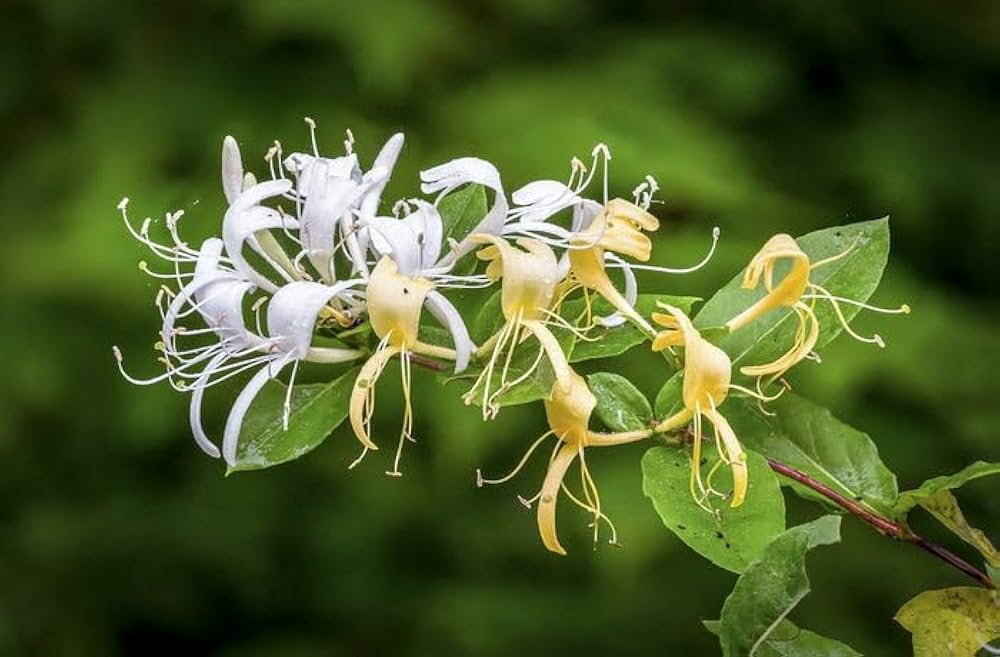The rise of natural cosmeceuticals has placed increasing focus on botanical ingredients, especially those with anti-inflammatory, antioxidant, and skin-repairing properties. Honeysuckle flower (Lonicera japonica) is rich in phytochemicals such as phenolic acids, flavonoids, and iridoids, and has shown therapeutic potential for soothing and repairing skin. However, conventional formulations struggle to ensure the stability and delivery of such sensitive compounds. Nanoemulsions offer a solution, enhancing solubility, skin penetration, and functional retention. Low-energy methods using polyglycerol fatty acid esters (PGFEs) are particularly attractive for developing sustainable, stable, and non-irritating formulations.
Methods
Honeysuckle flower extract was obtained using supercritical fluid extraction (SFE) and analyzed via UHPLC-ESI-QTOF-MS/MS for bioactive profiling. Total phenolic and flavonoid content, and antioxidant capacity were evaluated through DPPH and FRAP assays. Molecular docking was used to assess anti-aging and anti-inflammatory potential against enzymes like collagenase, hyaluronidase, and TNF-α. PGFE-based nanoemulsions were developed using D-optimal experimental design and optimized for droplet size, morphology, encapsulation efficiency, and antioxidant activity.
Key Findings
• The extract contained diverse phytochemicals, including chlorogenic acid, quercetin, luteolin neohesperidoside, and madecassoside.
• Strong antioxidant activity was demonstrated with DPPH IC₅₀ of 1.645 mg/mL and FRAP equivalent of 1.17 mM FeSO₄/g extract.
• Molecular docking revealed high binding affinities of madecassoside (−9.3 kcal/mol) to collagenase and congmunoside XII (−10.7 kcal/mol) to hyaluronidase, indicating anti-aging potential.
• Cynaroside and hyperoside showed significant affinity to IL-1β and IL-6, supporting anti-inflammatory activity.
• Optimized nanoemulsions achieved particle sizes of ~90 nm with good stability (PDI 0.25), confirmed by TEM imaging.
• Encapsulation efficiency was 74.3%, and antioxidant activity in the nanoemulsion form was preserved (94.7% DPPH inhibition).
This study introduces a sustainable nanoemulsion platform for delivering honeysuckle flower extract, merging traditional herbal knowledge with modern green formulation science. By combining phytochemical profiling, docking simulations, and experimental nanoformulation, it highlights the therapeutic potential of HSF for topical skincare. The PGFE-based nanoemulsions demonstrated excellent encapsulation, antioxidant retention, and suitability for cosmeceutical use. Future studies should validate enzymatic inhibition, conduct skin permeation trials, and explore in vitro anti-inflammatory effects to translate these findings into clinically relevant skin health solutions.
Link to the study: https://www.mdpi.com/2079-9284/12/4/151

